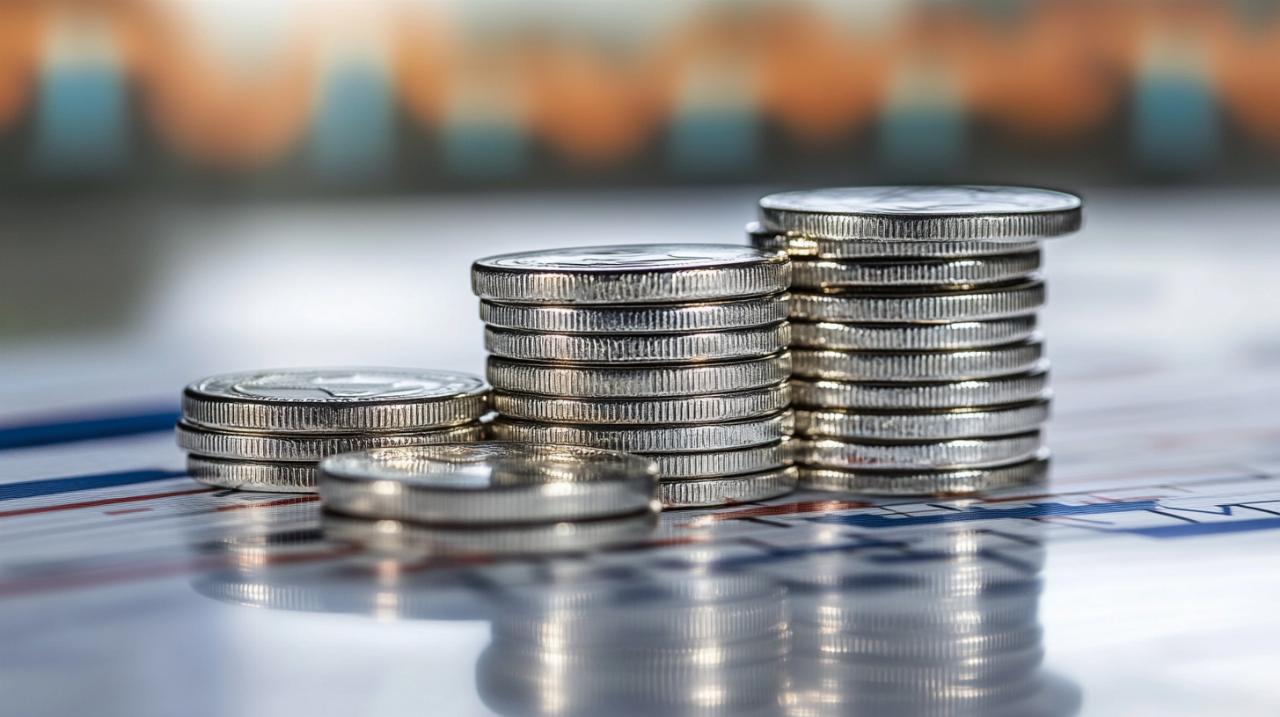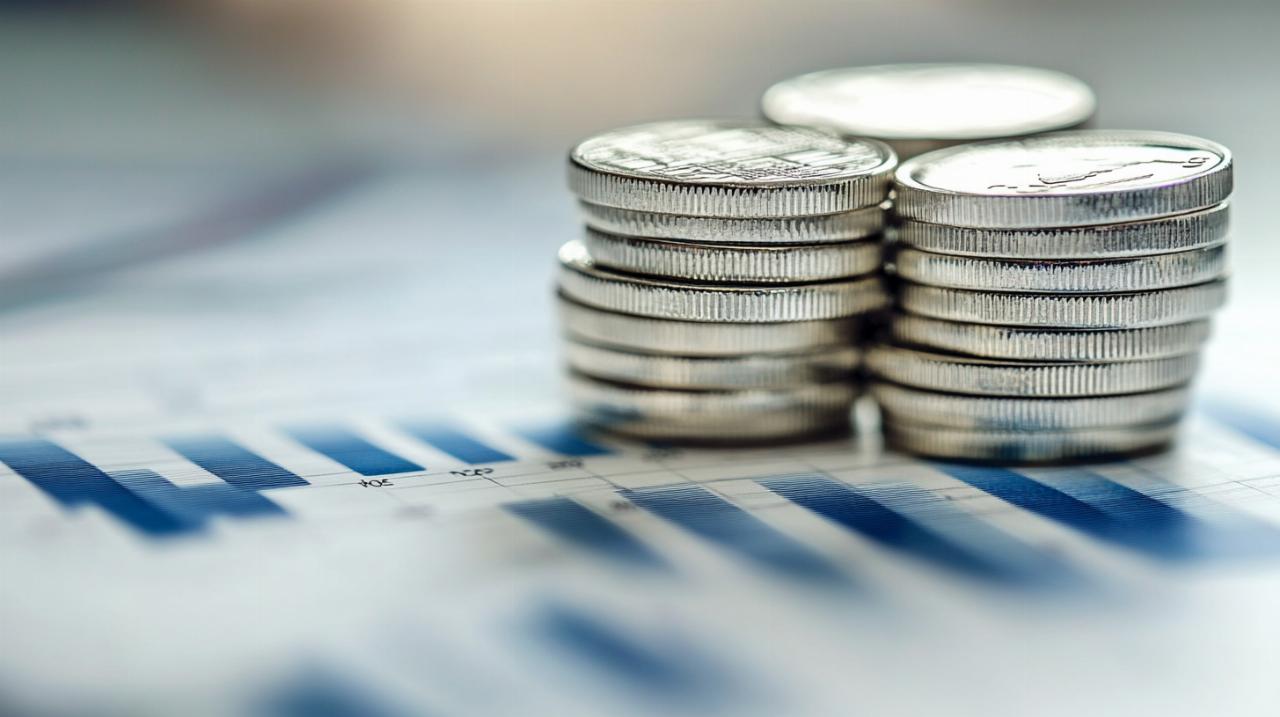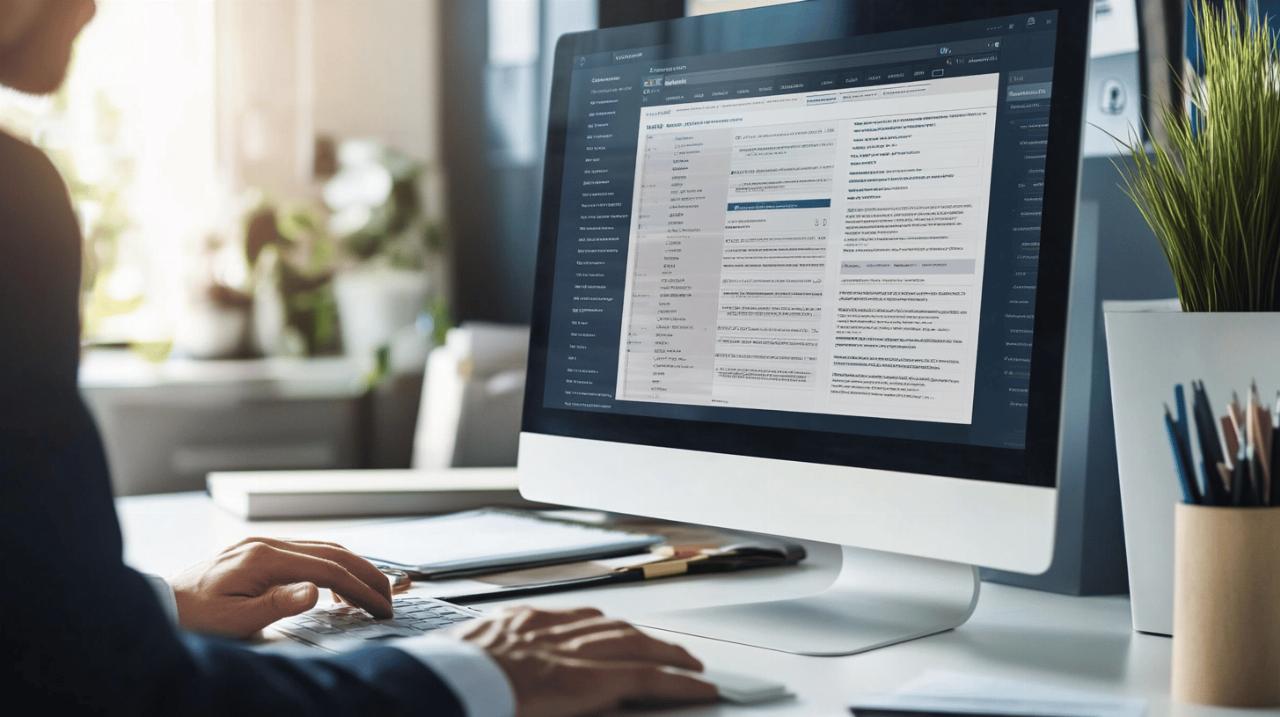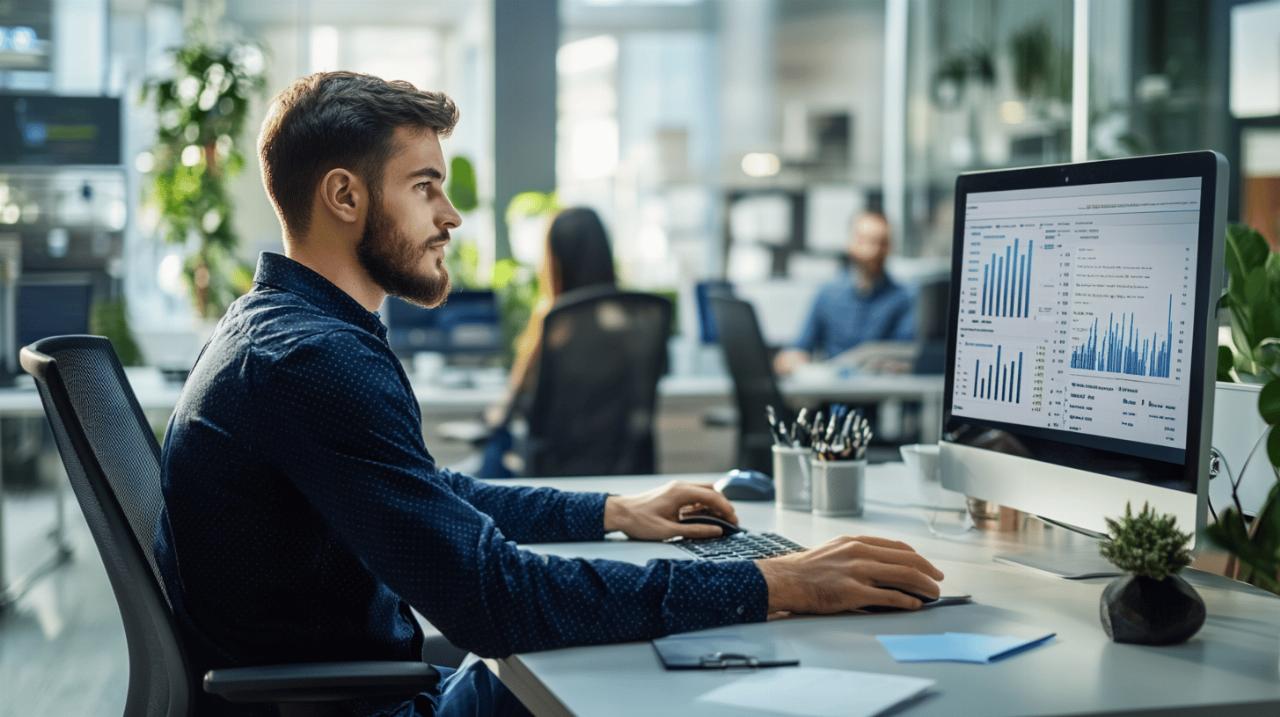Navigating the precious metals market: why physical silver investment powers sustainable green innovation
The precious metals market has long captivated investors seeking tangible assets that offer both financial security and real-world utility. Whilst gold typically commands the headlines, silver emerges as a compelling alternative, particularly for those interested in supporting the burgeoning green economy. This versatile metal not only provides a hedge against market turbulence but also plays an indispensable role in powering the technologies that will define our sustainable future.
The Tangible Appeal: Silver as a Physical Asset in Uncertain Times
Understanding the Security of Holding Real Silver
In an era dominated by digital portfolios and intangible investments, there remains something profoundly reassuring about holding a physical asset in your hands. Silver offers precisely this quality, providing investors with a concrete store of value that exists beyond the fluctuations of computer screens and electronic ledgers. Unlike equities or bonds that represent claims or promises, physical silver bullion embodies wealth in its most direct form. This characteristic has made it particularly attractive during periods when confidence in financial institutions wavers or when currency values face uncertainty. The metal's intrinsic worth, accumulated over millennia of human civilisation, provides a foundation that paper assets simply cannot match.
Silver's Role as a Financial Safety Net During Market Volatility
Economic turbulence has a curious effect on investor behaviour, often driving capital towards assets perceived as safer havens. Silver has historically performed this function admirably, offering protection when traditional markets experience distress. The precious metal has demonstrated remarkable resilience, with its value climbing by significant margins even as other asset classes struggle. Recent market data suggests that silver has outperformed both gold and digital currencies during certain periods, reflecting growing recognition of its dual nature as both an industrial commodity and a monetary asset. This positioning makes silver particularly valuable for those constructing portfolios designed to weather economic storms whilst maintaining exposure to growth sectors.
Industrial demand: how silver fuels modern green technology
Silver's Critical Applications in Electronics and Renewable Energy
The remarkable physical properties of silver extend far beyond its aesthetic appeal, positioning the metal as an essential component in the technologies reshaping our world. Its unparalleled electrical and thermal conductivity, combined with exceptional light reflectivity and antimicrobial characteristics, make silver irreplaceable in numerous applications. Solar panels, for instance, rely on silver as a conductive element, with each panel typically incorporating between fifteen and twenty grams of the metal. As global solar capacity expands dramatically, having reached substantial gigawatt levels and projected to nearly double within the decade, the demand for silver continues its upward trajectory. Similarly, electric vehicles require significantly more silver than their traditional counterparts, utilising the metal in battery management systems, power electronics, and motors. With electric vehicle sales having reached millions of units and expected to more than double in coming years, this sector alone represents a transformative force in silver consumption patterns.
The Growing Industrial Appetite for Silver in Sustainable Innovation
The transition towards renewable energy infrastructure creates unprecedented demand for silver across multiple sectors. Wind turbines, for example, incorporate hundreds of kilograms of silver in their construction, whilst emerging technologies such as energy storage systems, smart grids, and green hydrogen production all depend on silver's unique properties. Industrial applications now account for a substantial portion of total silver demand, reflecting the metal's indispensable role in clean energy and electronics manufacturing. This structural shift in demand fundamentals distinguishes silver from purely monetary metals, providing a floor of consumption that exists independently of investment sentiment. The solar energy sector alone is expected to represent a significantly increased share of global silver demand, having grown from modest levels to substantial proportions over the past decade. This industrial appetite creates a compelling investment thesis, as the global push towards decarbonisation ensures sustained demand regardless of economic cycles.
Accessibility and affordability: making precious metals investment practical
Why silver offers a more attainable entry point than gold
 Whilst gold commands premium prices that can place substantial investments beyond the reach of many individuals, silver provides a remarkably accessible alternative for those seeking exposure to precious metals. Trading at a fraction of gold's price per ounce, silver allows investors to acquire meaningful quantities without requiring extraordinary capital outlays. This affordability democratises precious metals investment, enabling a broader spectrum of individuals to participate in this asset class. The current price ratio between gold and silver remains historically stretched, suggesting potential for silver to narrow this gap through price appreciation. For those building investment positions gradually, silver's lower price point facilitates regular purchases that accumulate into substantial holdings over time. This characteristic has driven significant retail investment, particularly in markets where precious metals enjoy cultural significance and practical utility as stores of wealth.
Whilst gold commands premium prices that can place substantial investments beyond the reach of many individuals, silver provides a remarkably accessible alternative for those seeking exposure to precious metals. Trading at a fraction of gold's price per ounce, silver allows investors to acquire meaningful quantities without requiring extraordinary capital outlays. This affordability democratises precious metals investment, enabling a broader spectrum of individuals to participate in this asset class. The current price ratio between gold and silver remains historically stretched, suggesting potential for silver to narrow this gap through price appreciation. For those building investment positions gradually, silver's lower price point facilitates regular purchases that accumulate into substantial holdings over time. This characteristic has driven significant retail investment, particularly in markets where precious metals enjoy cultural significance and practical utility as stores of wealth.
Building a Balanced Portfolio with Physical Silver Holdings
Prudent investment strategy emphasises diversification, and silver occupies a unique position within a well-constructed portfolio. Its dual nature as both an industrial commodity and a monetary asset provides exposure to technological growth sectors whilst maintaining the protective characteristics of precious metals. Investors seeking to balance growth potential with capital preservation often allocate a portion of their holdings to physical silver, complementing other asset classes rather than replacing them. The metal's performance characteristics differ from both equities and fixed income securities, potentially reducing overall portfolio volatility through imperfect correlation with traditional markets. Physical silver investment has grown substantially over recent decades, with annual purchases reaching hundreds of millions of ounces globally. Major markets including the United States, India, Germany, and Australia collectively account for the vast majority of retail silver investment, reflecting widespread recognition of the metal's value proposition across diverse economic and cultural contexts.
Practical considerations: storage, volatility, and selling your silver
Managing the Costs and Security of Physical Silver Storage
Owning physical silver naturally raises questions about safekeeping, as the metal's tangible nature requires appropriate storage solutions. Investors must weigh the costs and benefits of various storage options, from home safes to professional vault services. Domestic storage offers immediate access and eliminates ongoing fees, though it demands adequate security measures and potentially increases household insurance costs. Professional storage through banks or specialised facilities provides enhanced security and peace of mind, albeit at the expense of recurring charges that gradually erode investment returns. The choice depends largely on investment scale, personal circumstances, and individual comfort levels regarding security responsibilities. Regardless of the approach selected, proper storage remains an essential consideration that distinguishes physical precious metals from paper alternatives or digital assets.
Navigating Price Fluctuations and Exit Strategies for Silver Investors
The silver market exhibits notable price volatility, with values sometimes experiencing sharp movements in relatively short periods. This characteristic reflects the metal's smaller market size compared to gold, combined with its dual role as both an investment vehicle and an industrial input. Prospective investors must approach silver with realistic expectations, recognising that whilst the long-term trajectory may favour appreciation, short-term fluctuations are inevitable. Successful silver investment requires patience and a willingness to tolerate price swings without succumbing to panic during temporary declines. When the time comes to liquidate holdings, investors should anticipate dealer premiums and potential tax implications that affect net returns. Shopping amongst multiple dealers often reveals price variations that can meaningfully impact proceeds from sales. The market for physical silver remains liquid, with established networks of dealers and collectors ensuring that motivated sellers can find buyers. Understanding these practical realities before committing capital helps establish appropriate expectations and prevents disappointment when converting silver back into currency. The precious metals market continues evolving, influenced by economic indicators, geopolitical developments, supply constraints, and shifting investment trends, all of which merit ongoing attention from those holding positions in silver.



